Damian Kelly has contributed this article on birds in his Castlemaine garden. To see previous posts by Damian on garden birds, click here and here.
This summer has seen a much reduced number and range of birds in my garden in Castlemaine. Honeyeater numbers in particular are well down. However, by providing water we still get a reasonable variety of birds in the garden.
The Blue-faced Honeyeater seems to be getting more common in this area. A small number have been resident in Castlemaine continuously since at least early Autumn. They can be seen along the street trees in Mostyn and Lyttleton streets, as well as in gardens in this area. They have a distinctive call.
Another less regular visitor is the White-eared Honeyeater. It has a strident call that can be heard long before you see the bird. Although not common around town, you will see them if you add water bowls in protected spots in your garden.
I like watching the Yellow-faced Honeyeaters – they are quite curious and you can often get up close to them. This one is having a good preen after bathing in a water bowl on a hot day.
To me, the Eastern Spinebill is one of the most appealing of the honeyeaters – it can hover to get at flowers and is partial to a range of natives as well as introduced plants. Quite a sight when you get to see views like this.
Although not often seen in gardens, Woodswallows are often to be seen in groups in the sky hawking for insects. They have a soft, chattering call that comes from on high. Here is a male and female White-browed Woodswallow pair.

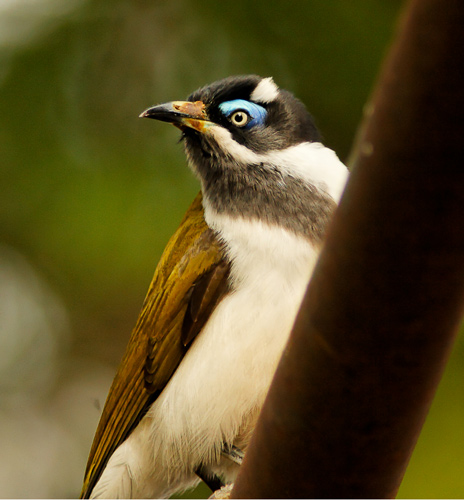
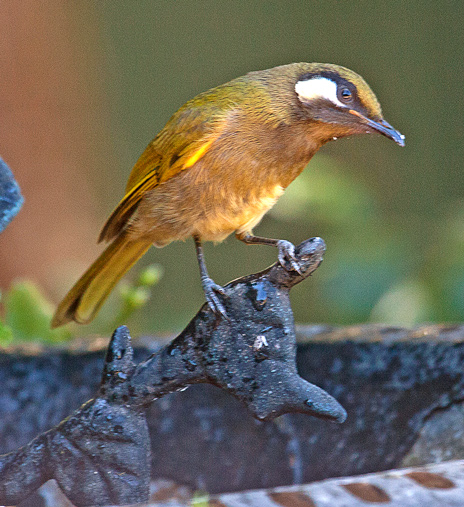
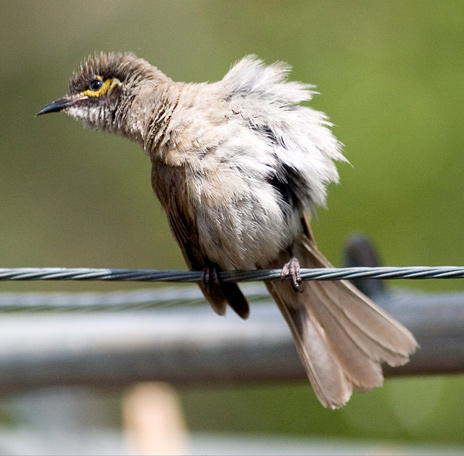
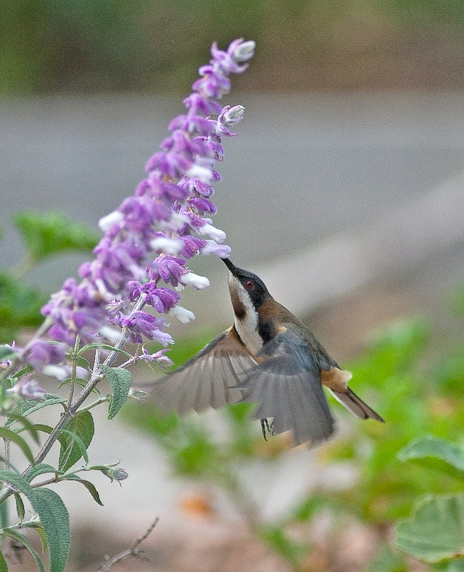
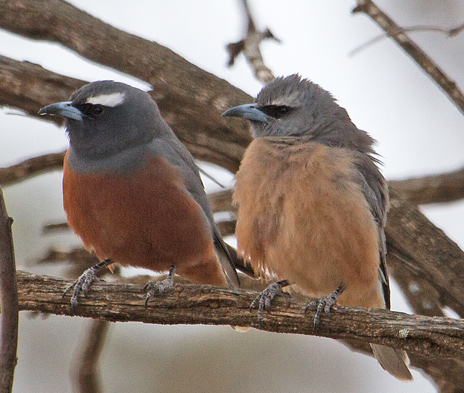



 Click on image for info/order page
Click on image for info/order page Click on image for info/order page
Click on image for info/order page Click on image for info/order page
Click on image for info/order page





















We have seen a pair of Red-capped Robins at our place in North Castlemaine this week [March 25, 2014]. I’ve not been aware of this breed here before, although last year we had frequent sightings of Scarlet & Flame Robins and the occasional Mistletoe Bird during winter and spring.